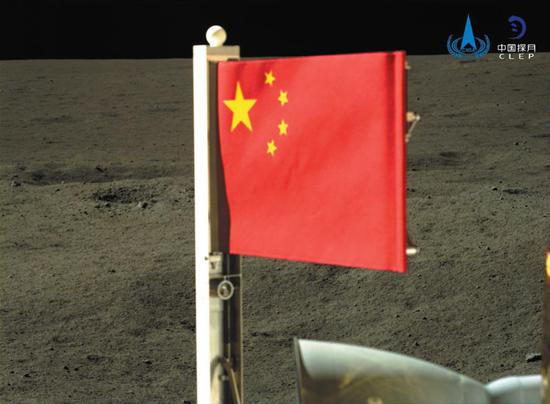
A Chinese flag is unfurled on June 4, by the lander of the Chang'e 6 probe on the far side of the moon. (PROVIDED TO CHINA DAILY)
China has yet again proved its spacefaring prowess with another successful moon landing, this time for the unprecedented Chang'e 6 lunar far side sample return mission.
Indeed, as I write this, the precious cargo of an anticipated 2 kilograms of moon rocks from the lunar far side has already started its long journey home, with the Chang'e 6 ascender having lifted off from the lunar surface on June 3 at 23:38 GMT. This is only two days since, with the support of the Queqiao 2 relay satellite, the lander and ascender combination successfully landed at a predetermined landing site in the South Pole-Aitken Basin on the far side of the moon, according to the China National Space Administration.
The ascender docked with the orbiter and reentry capsule combination and transferred a vacuum-sealed container holding the lunar samples to the reentry capsule. This capsule is due to land in the Gobi Desert in the Inner Mongolia autonomous region on June 25. So two more weeks to go!
It is difficult to convey the great significance of this achievement, but it involves the implementation of various sophisticated spacecraft communication and mission control capabilities and several technological breakthroughs. This is taken together with the implementation of a careful lunar retrograde orbit design to place the spacecraft in the correct path.
As there is no direct line of sight between the Chang'e 6 robotic probe and Earth, it was necessary to use the special in-orbit Queqiao 2 relay satellite, also known as "Magpie Bridge 2". The satellite was sent to the moon in advance specifically for the purpose of triangulating signals from Earth to Queqiao 2, and from Queqiao 2 to the Chang'e 6 lander.
The relay satellite's vital role and capability were already demonstrated during China's previous lunar far side mission in 2019, involving the Chang'e 4 robotic probe and the Queqiao 1 relay satellite.
The Chang'e 6 spacecraft landed on a carefully chosen spot on the lunar far side in the South Pole-Aitken Basin. Its primary mission? To replicate the previous amazing Chang'e 5 probe's success on the lunar near side and bring about 2 kg of moon rocks back to Earth.
Chang'e 6 was originally envisioned as a backup mission for Chang'e 5, if things went awry. The tremendous success of Chang'e 5 enabled the national space administration to instead re-scope this mission to the lunar far side.
Why does this mission matter? First, this is only the second time in history that any spacecraft has landed on the lunar far side, and it is also the second Chinese mission to achieve this, so double happiness. The lunar far side is never seen from Earth because the moon's rotational period matches the time it takes for the moon to orbit the Earth. The two are in a so-called "lockstep".
Second, this will be the first time in history that moon rocks from a completely different lunar geological environment is transported back to Earth. As the latest Chinese lunar surface maps show, in their recently released excellent lunar atlas, the far side looks very different from the side we are all used to seeing. The far side has a far more battered terrain from massive bombardments of asteroids billions of years ago.
The first Chinese lunar sample return mission, the Chang'e 5, was a treasure trove of geological surprises. The returned samples revealed the material was far younger than those large Apollo samples and, indeed, even than the few hundred grams the Soviet Union managed to bring back from the moon in the 1970s.
This raises interesting questions about the geological history and active processes at work on the moon at far later time periods than previously thought. Our own University of Hong Kong research on a small sample of Chang'e 5 moon rocks will hopefully help shed light on this, too.
Back to Chang'e 6. The more rugged terrain on the lunar far side makes landing a trickier prospect, so various new processes were employed to give the mission the best chance, including an autonomous obstacle avoidance system to automatically detect surface irregularities using a visible-light camera. This provided the data needed to select a safe landing area.
The lander-ascender combination then hovered about 100 meters above the safe landing area and used a laser 3D scanner to detect obstacles on the lunar surface to select the final landing site before a slow vertical descent. As the combination approached the lunar surface, it shut down the engine and touched down via free fall, protected by a cushioning system.
Shortly after successful landing, the Chang'e 6 lander's lunar rock sampling technologies were deployed to both scoop surface material with a robotic arm and collect subsurface material using a drill. This operation was a full success.
One important additional fact to realize is that the Chang'e 6 lander is not just about the sample return mission, even if it is by far the most important. It is also an international endeavor, with science payloads on the lander from France, Italy and Sweden, and the iCube-Q CubeSat, designed by Pakistan for deployment in lunar orbit.
The international instruments on the lander include a radon-measuring instrument from France, a dedicated negative ion instrument developed by Sweden with support from the European Space Agency, and a passive laser retroreflector from Italy that can precisely measure distances between the lander and the lunar orbit.
So as the precious cargo comes home, I confess, I remain bemused by some commentators who talk about how such missions "could" be a pathway to China emerging as a dominant space power when the reality, as far as I see it, is that it already is, with much more to come.
The author is director of the University of Hong Kong's Laboratory for Space Research.










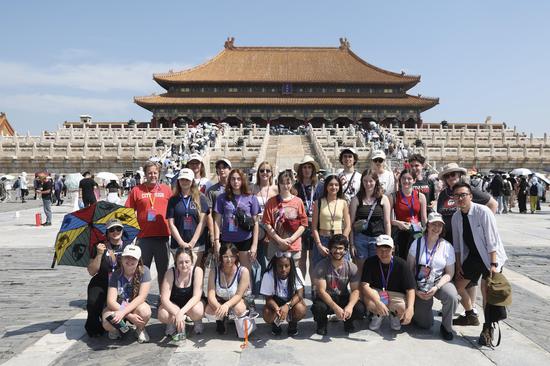
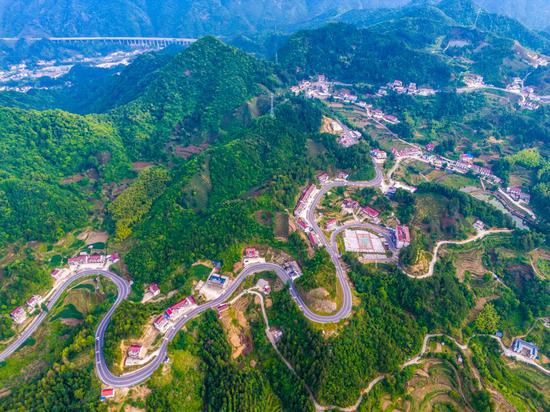
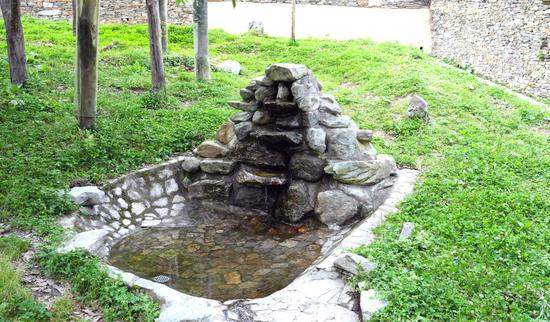






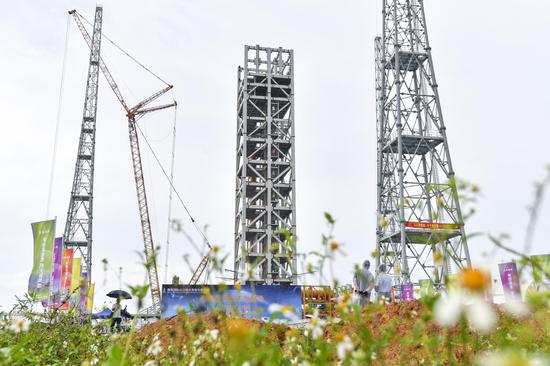

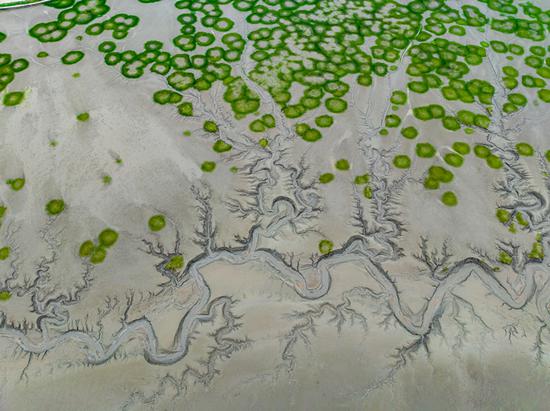





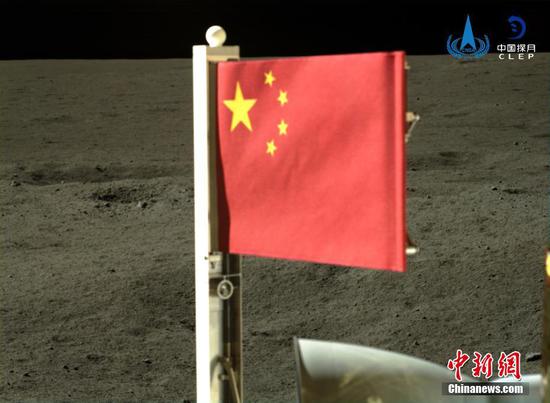

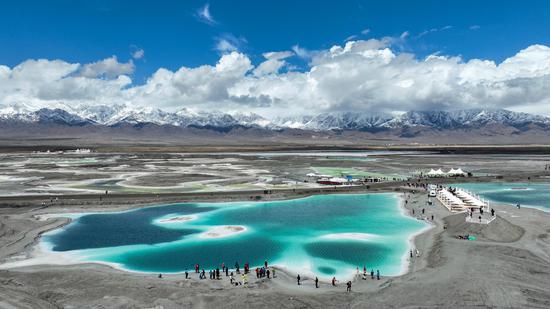
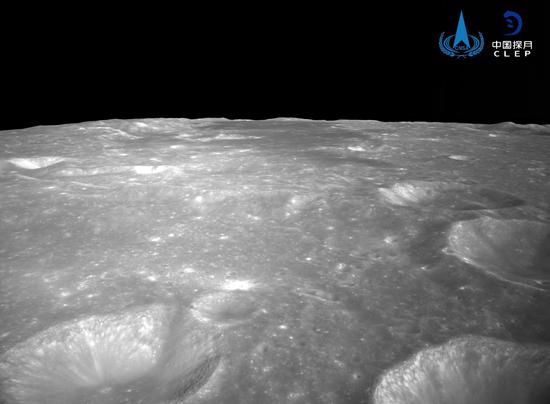
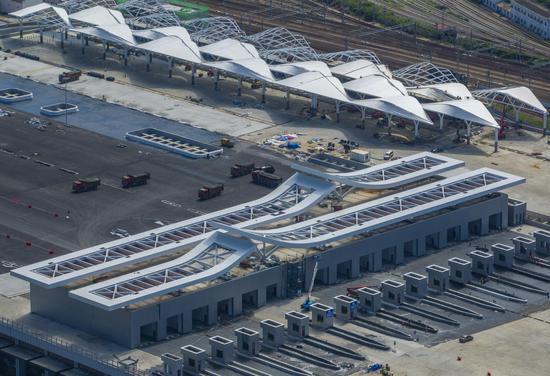


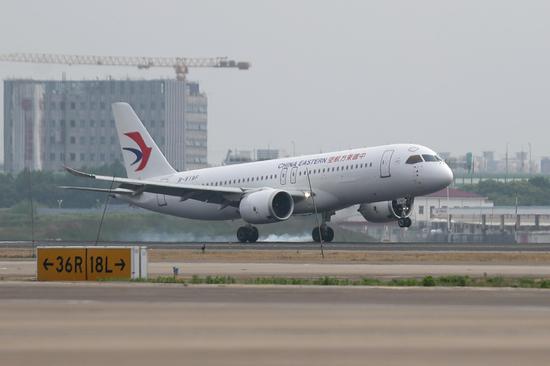

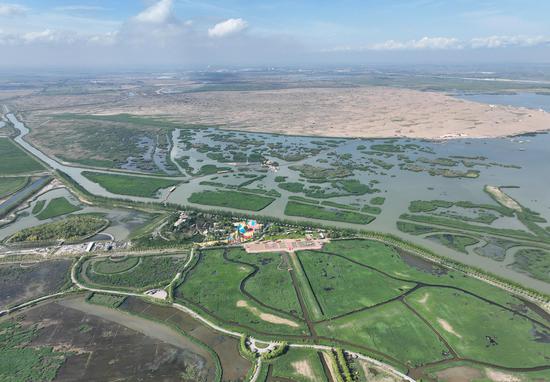
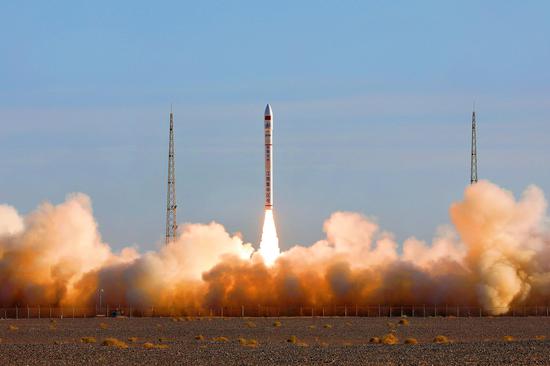

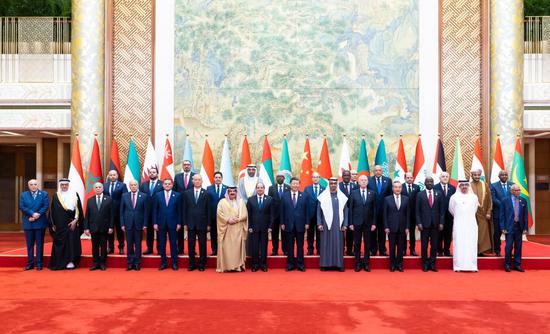


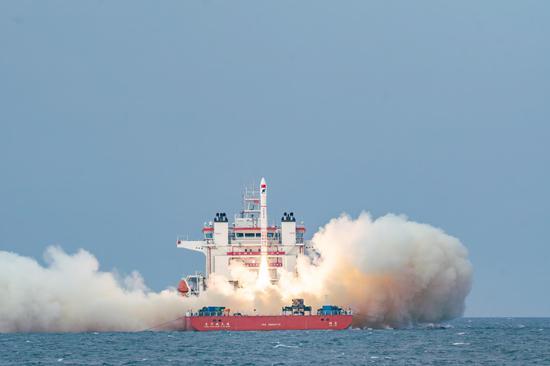





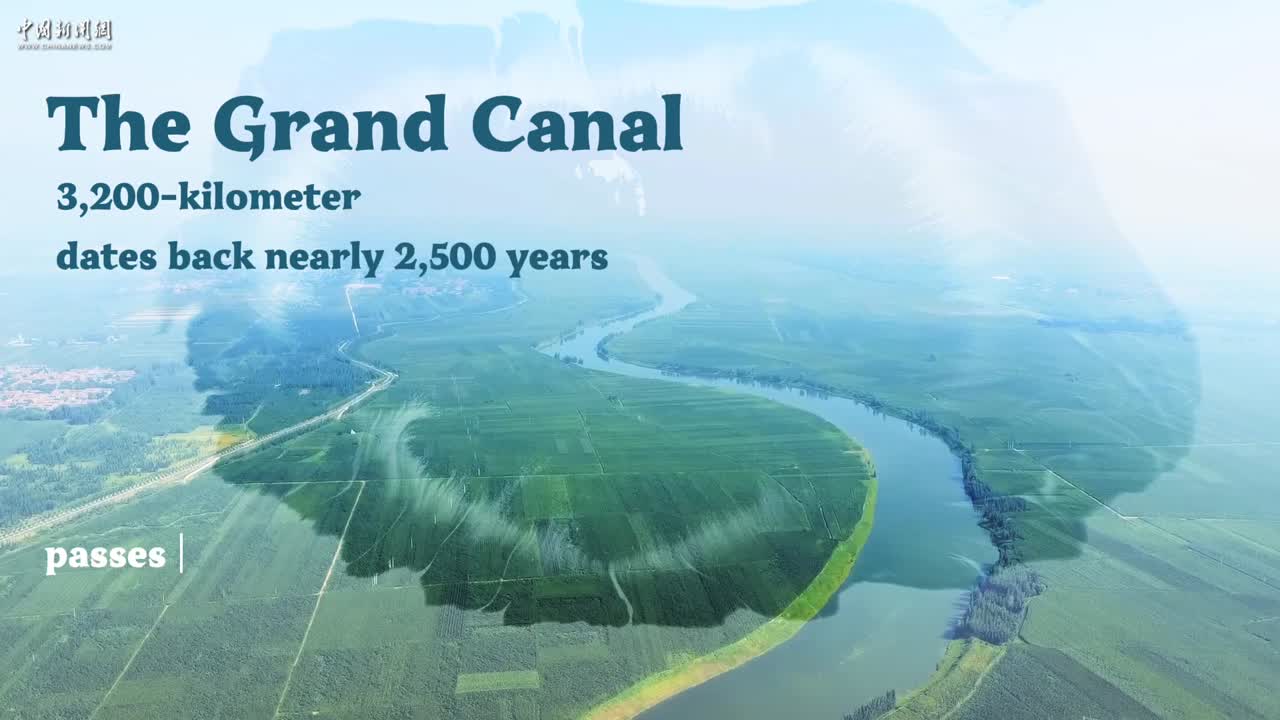

 京公网安备 11010202009201号
京公网安备 11010202009201号